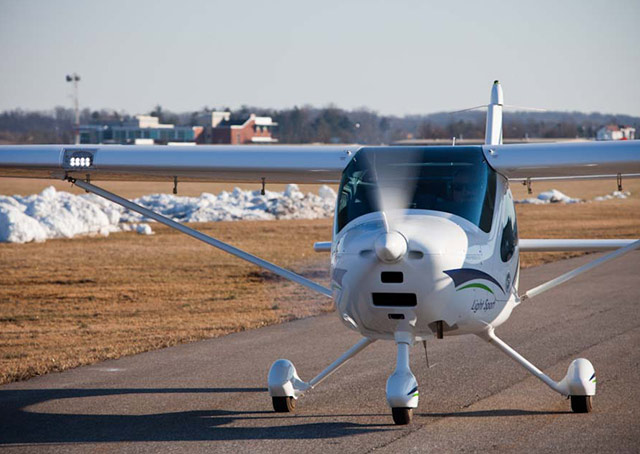
A long holiday weekend or vacation period can provide a convenient time to make some headway toward a flight training goal or take advantage of a seasonal opportunity to nail down a requirement such as the night flight experience private pilot applicants must acquire to become eligible for the checkride.
Whether your holiday flying plan includes cross-country work or local practice, be sure to check carefully, and frequently, for temporary changes to the familiar routine at your home airport and in the surrounding airspace.
It’s a hectic travel season, and busy general aviation airports may become busier, their ramps more alive with aircraft (and pedestrians). The increase in activity might cause longer waits for fuel and other services, so build some extra time into your flying schedule.
If you are accustomed to having the run-up area to yourself before takeoff, leave room for other aircraft. Be cautious maneuvering under wingtip-to-wingtip conditions before departure.
The adage to have your head on a swivel is key now as you prepare to take off at a nontowered airport—but there is no reason to practice lesser vigilance if your airport has a control tower.
Tower operating hours, or hours when the airport is attended, may be curtailed on certain occasions. Be sure to take any such information into account. Will fuel be available at your cross-country destination?
Demands on local air traffic control may be high, making it a challenge for you to establish communications. Have an alternative plan of action ready if your route of flight would take you into or through Class C or D airspace. Radar flight following also may be subject to “workload permitting” constraints.
When you reviewed notams for your flight, did you make sure to check FICON notams? These are notams about field conditions. They can give you the heads-up to ice and snow on taxiways and ramps, and braking action reports. Automated terminal information service broadcasts also will alert you if braking action advisories are in effect.
With your airport hosting unusual numbers of transient aircraft, remember that unofficial or customary traffic pattern practices well known to local pilots may be unfamiliar to out-of-towners.
So keep an extremely careful watch for traffic, practice wake-turbulence avoidance procedures, and light up your aircraft—yes, like a Christmas tree—and make clear position announcements when departing and arriving in the terminal area.



